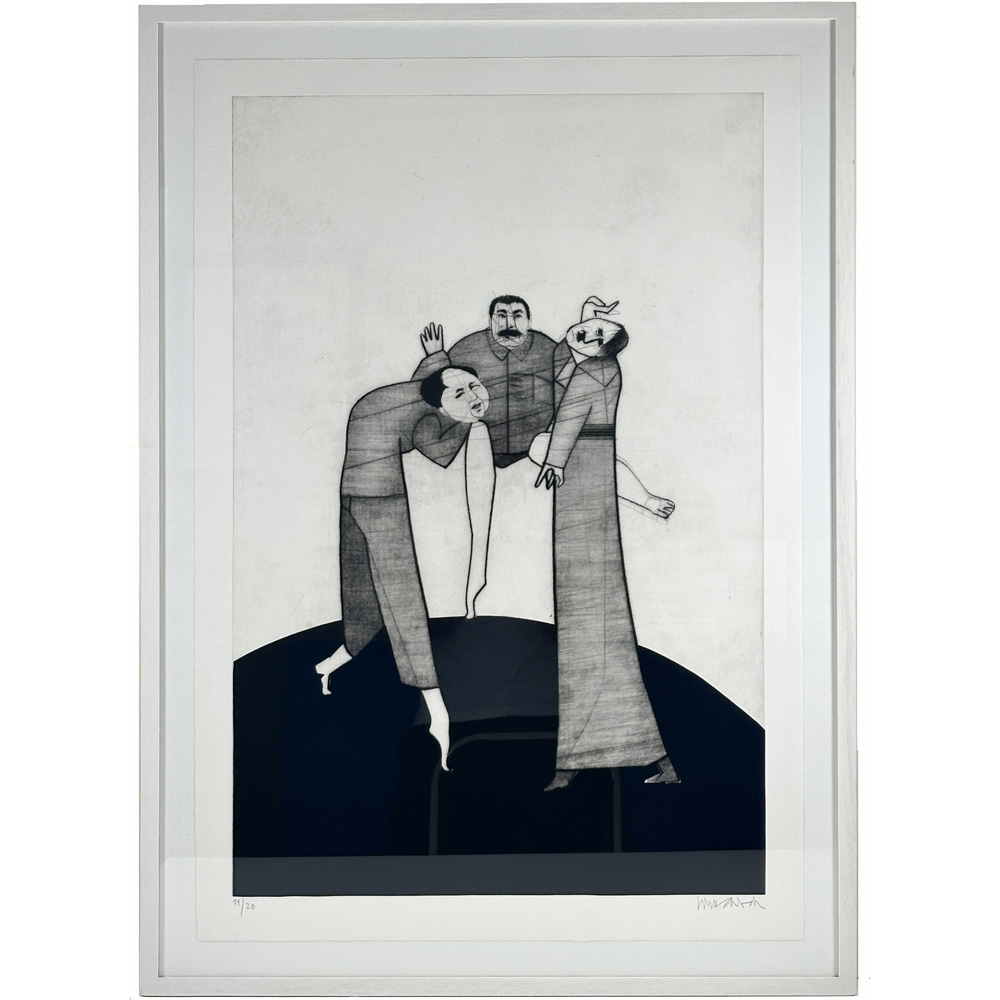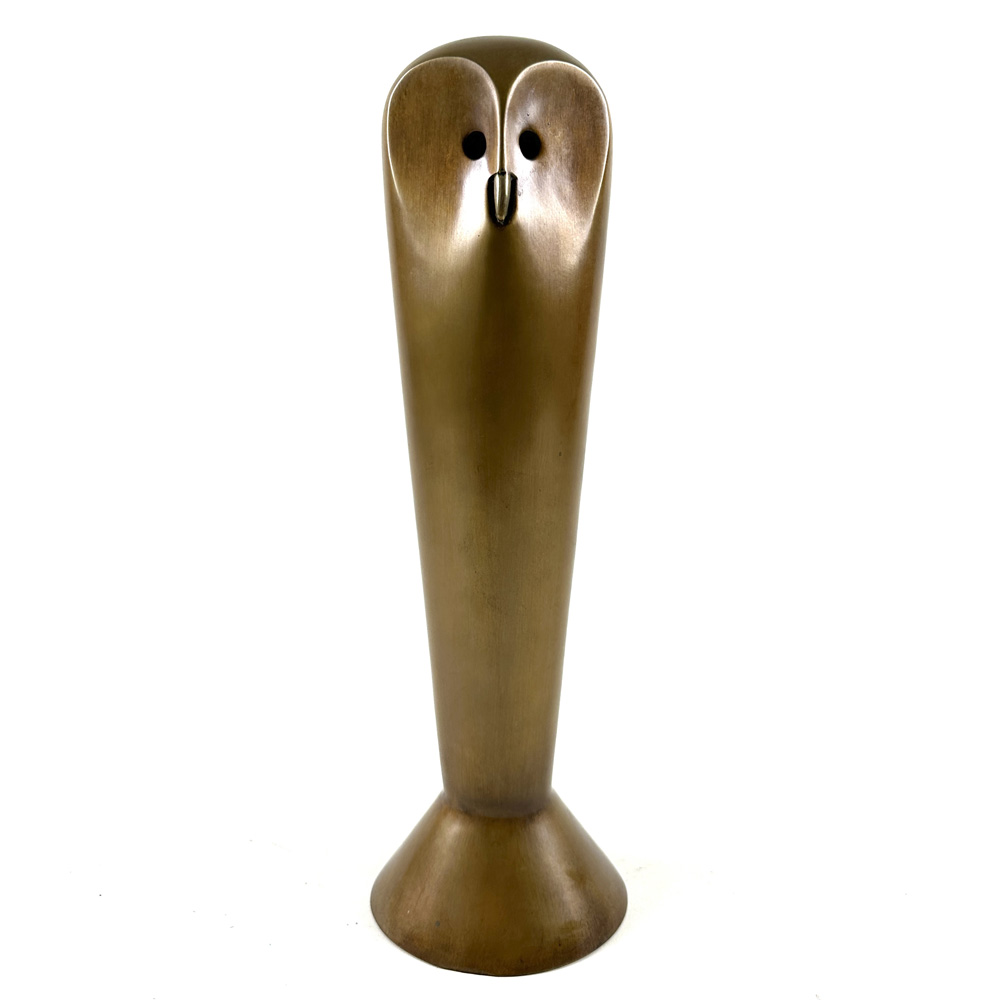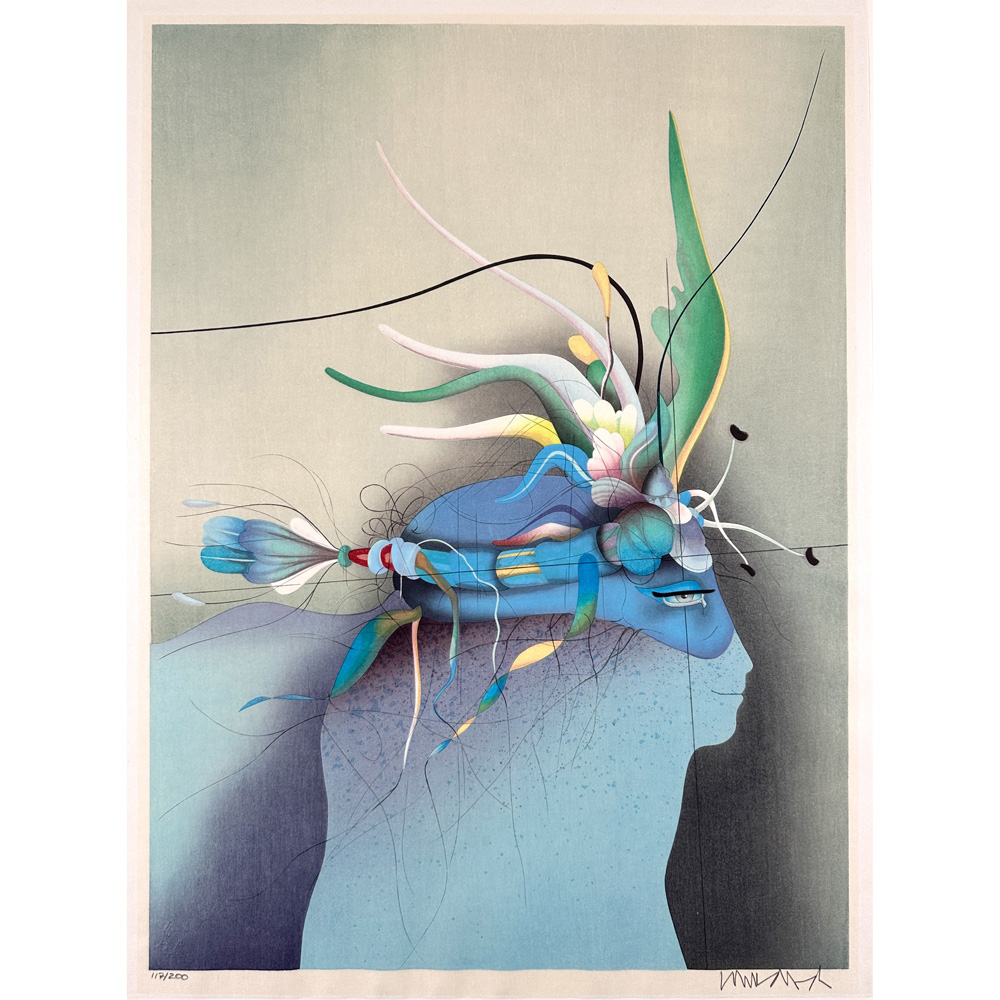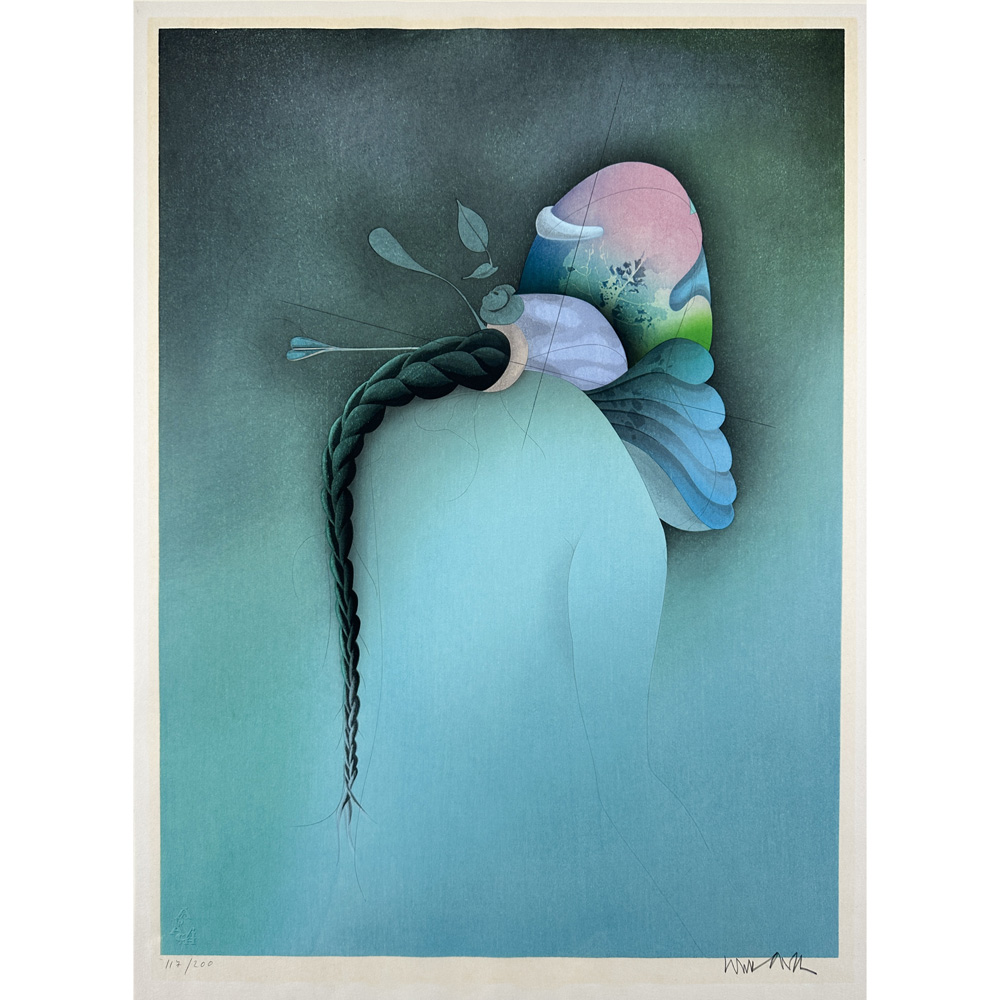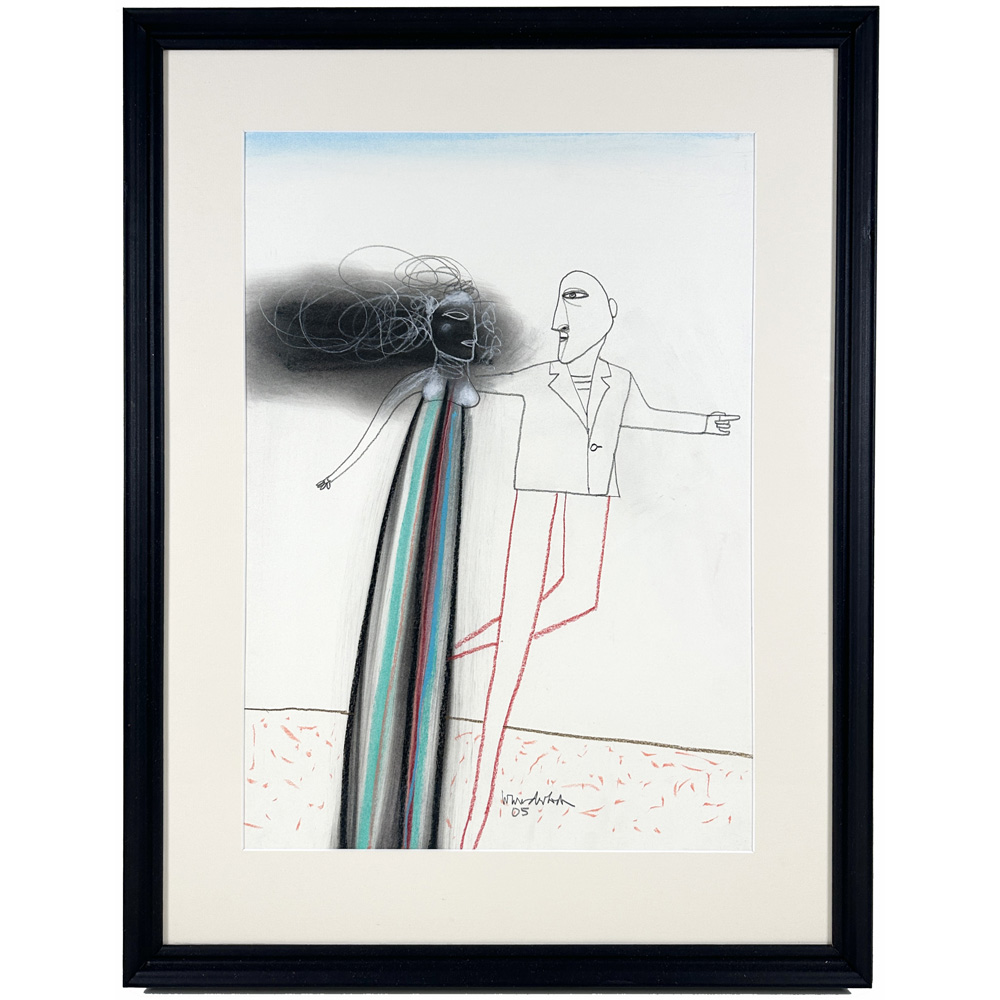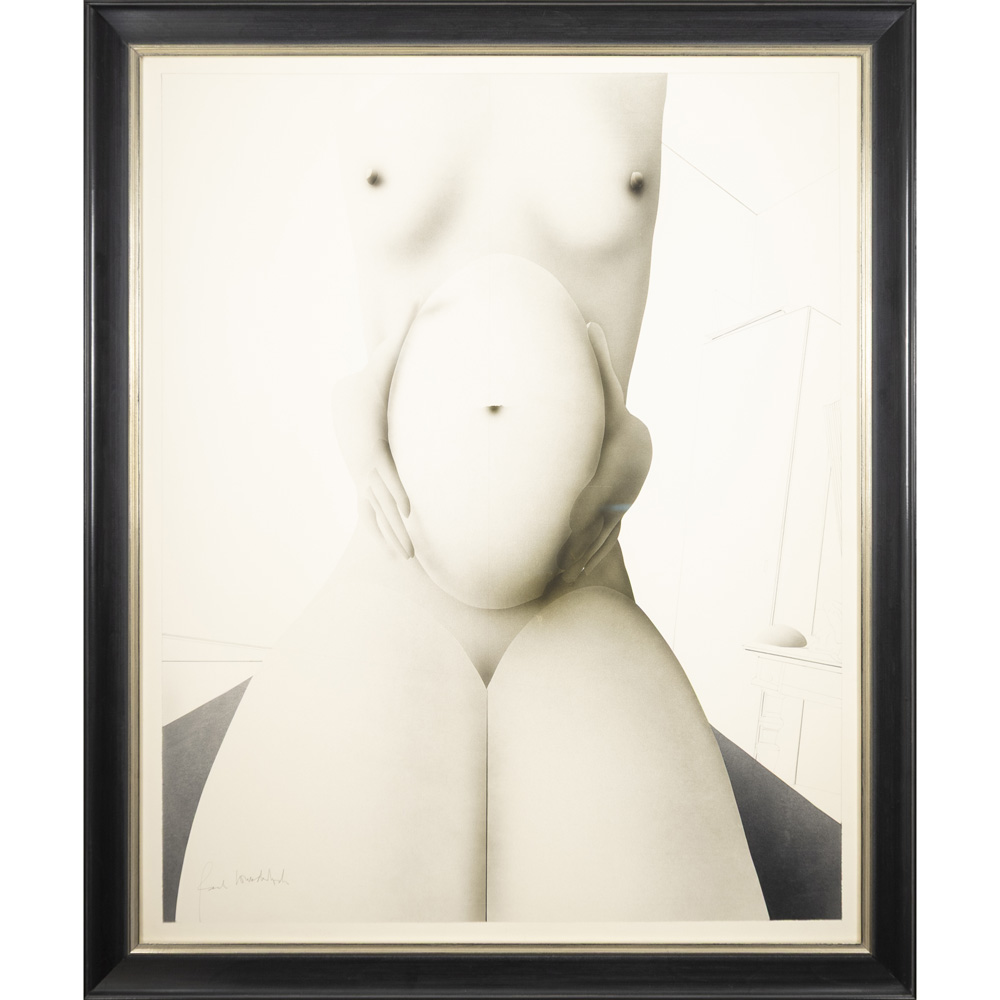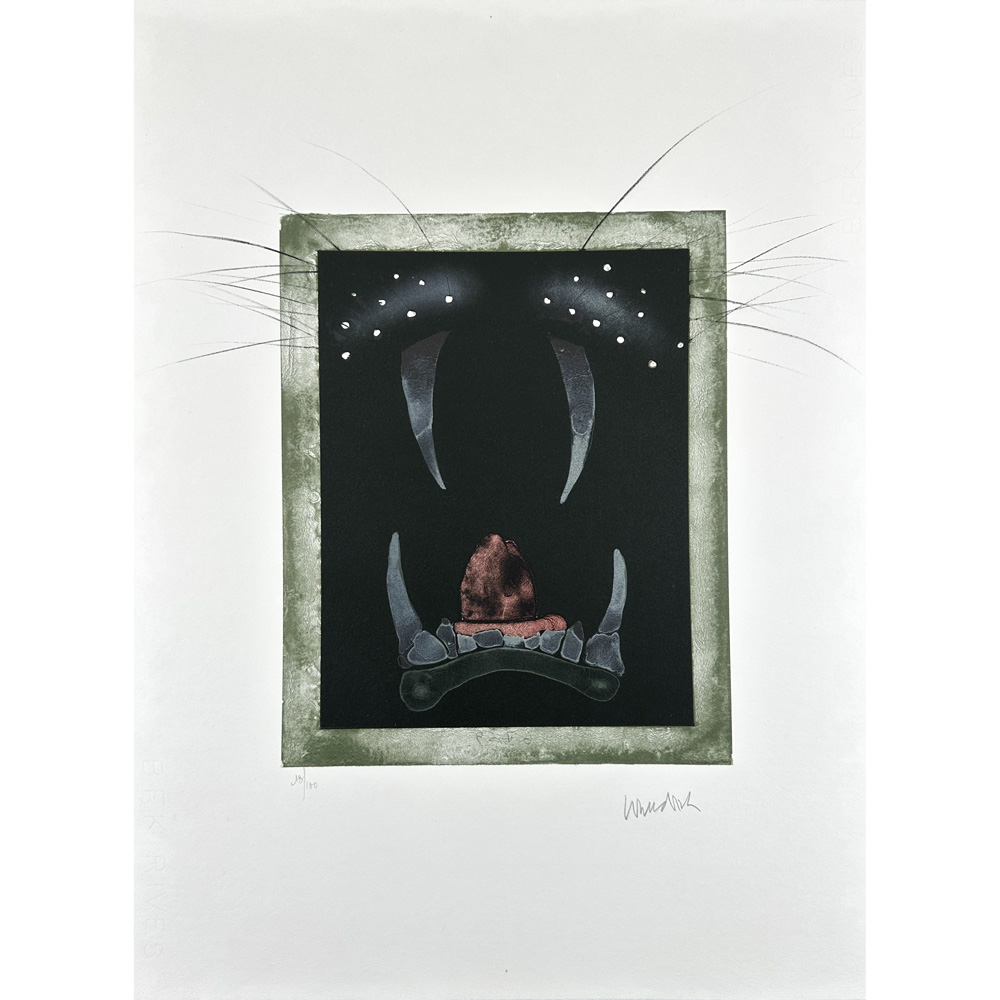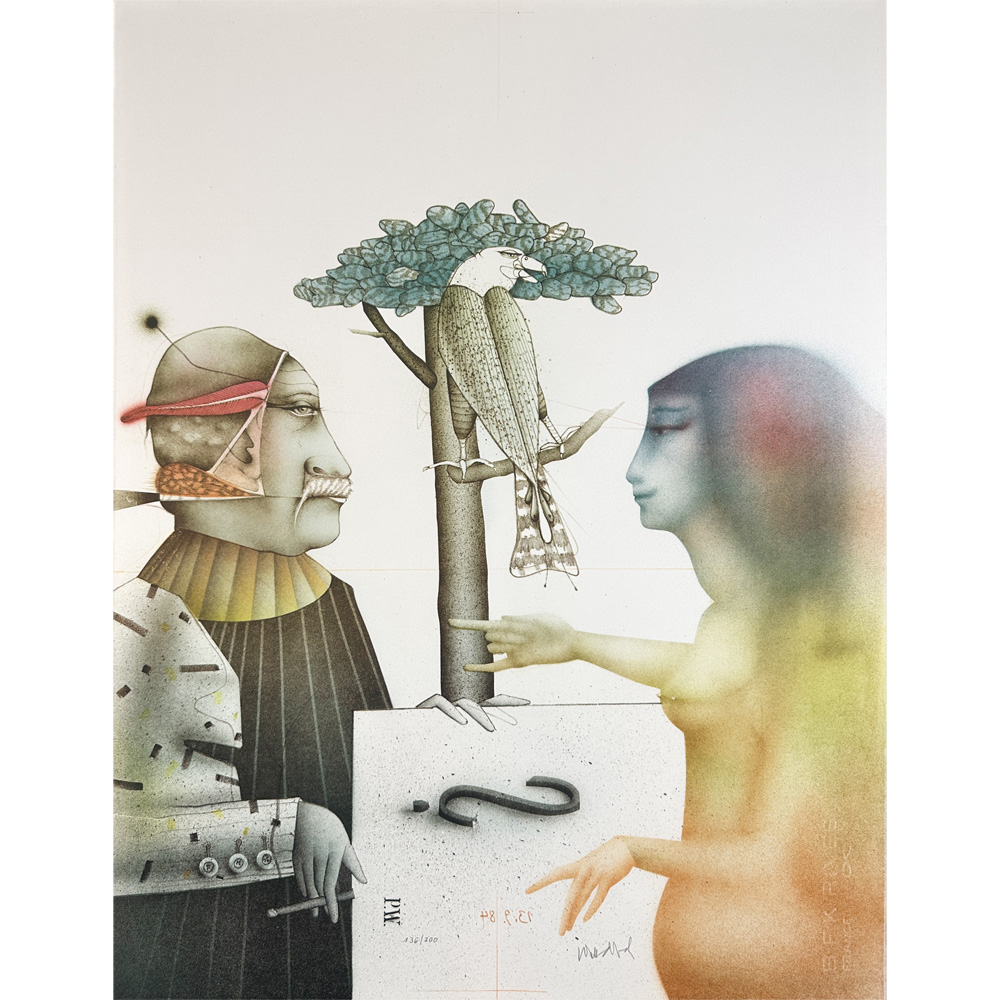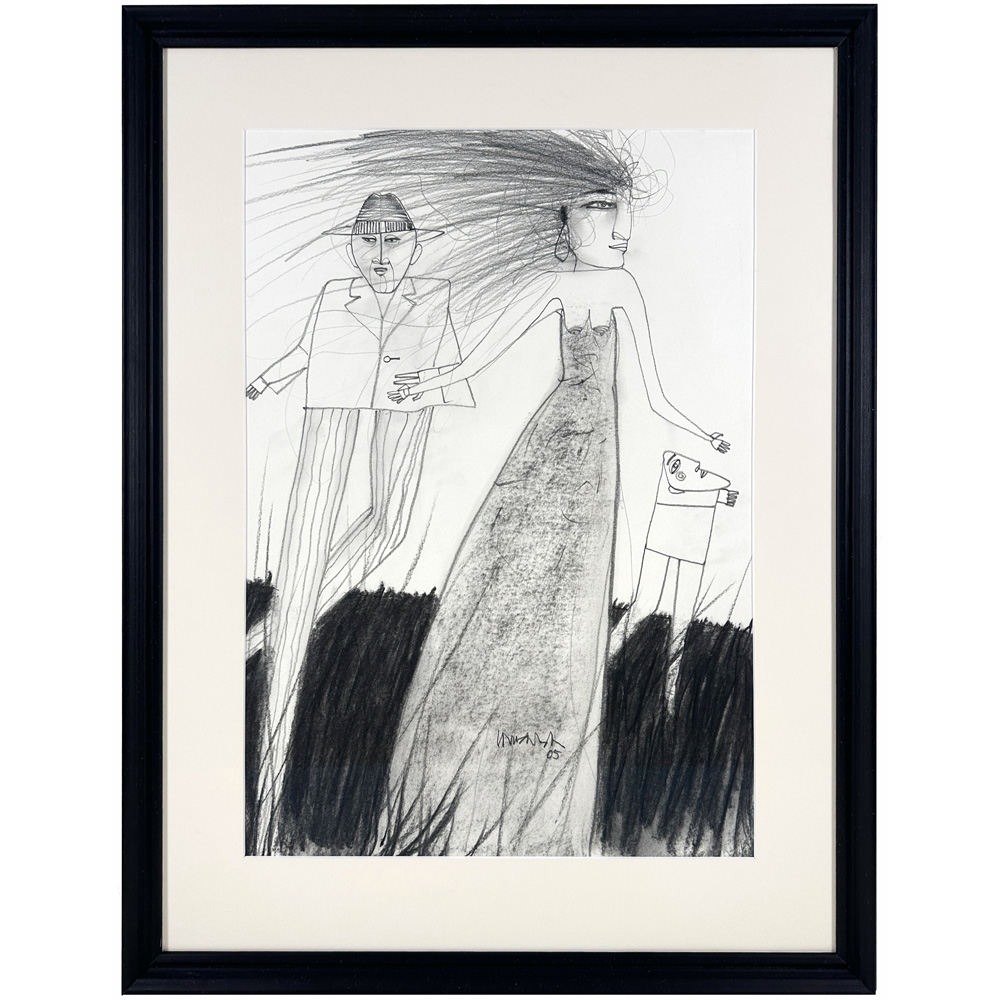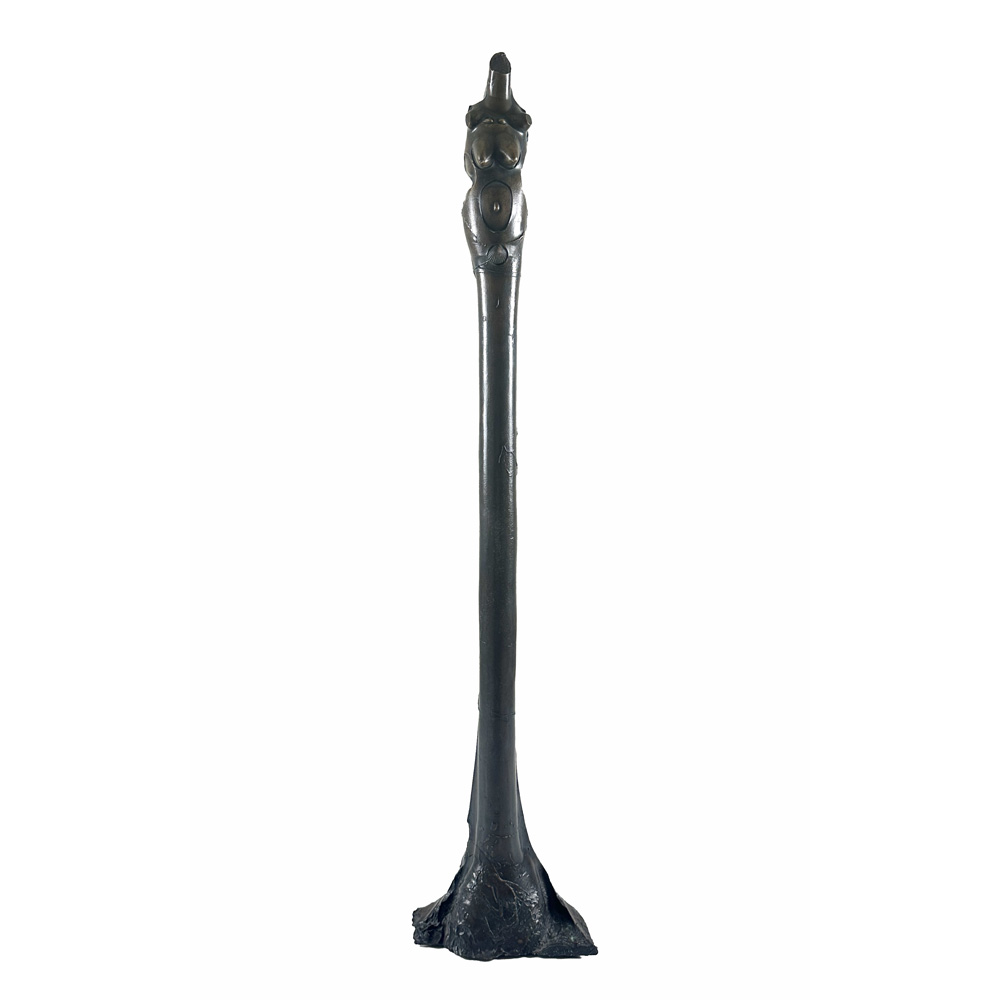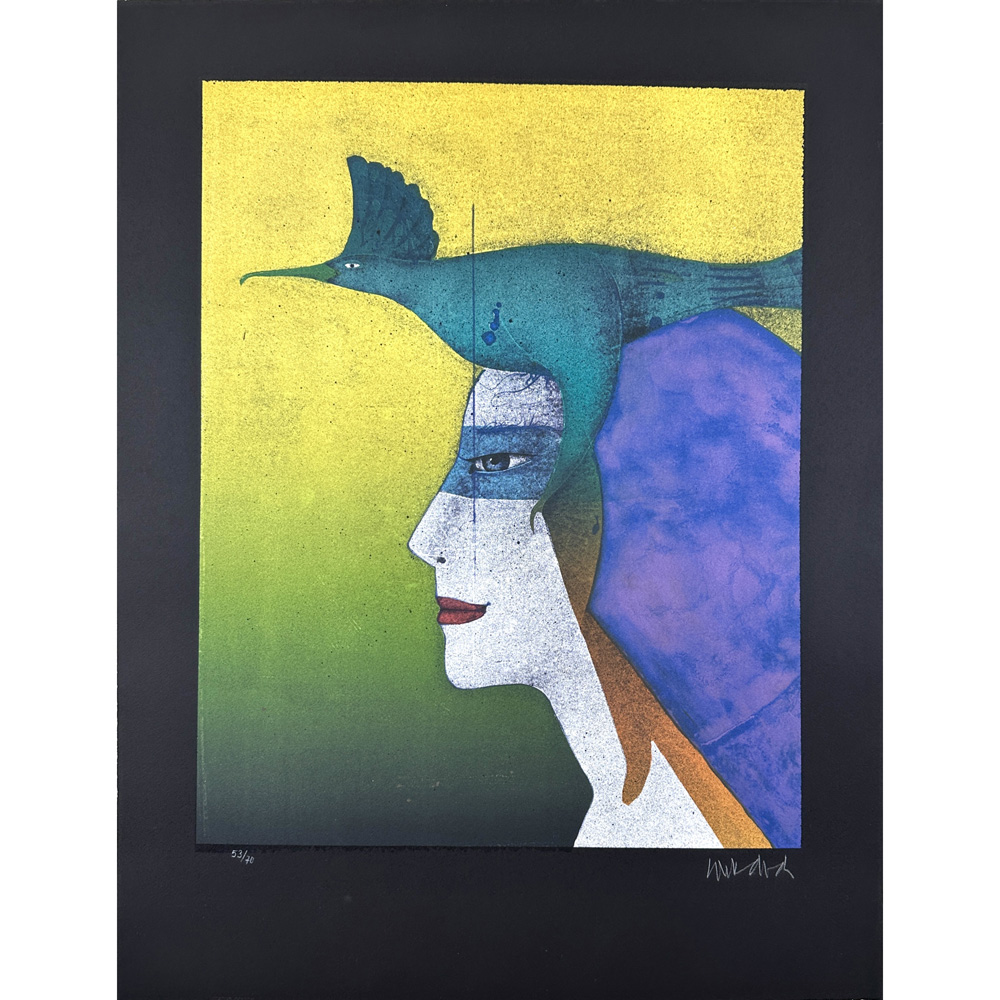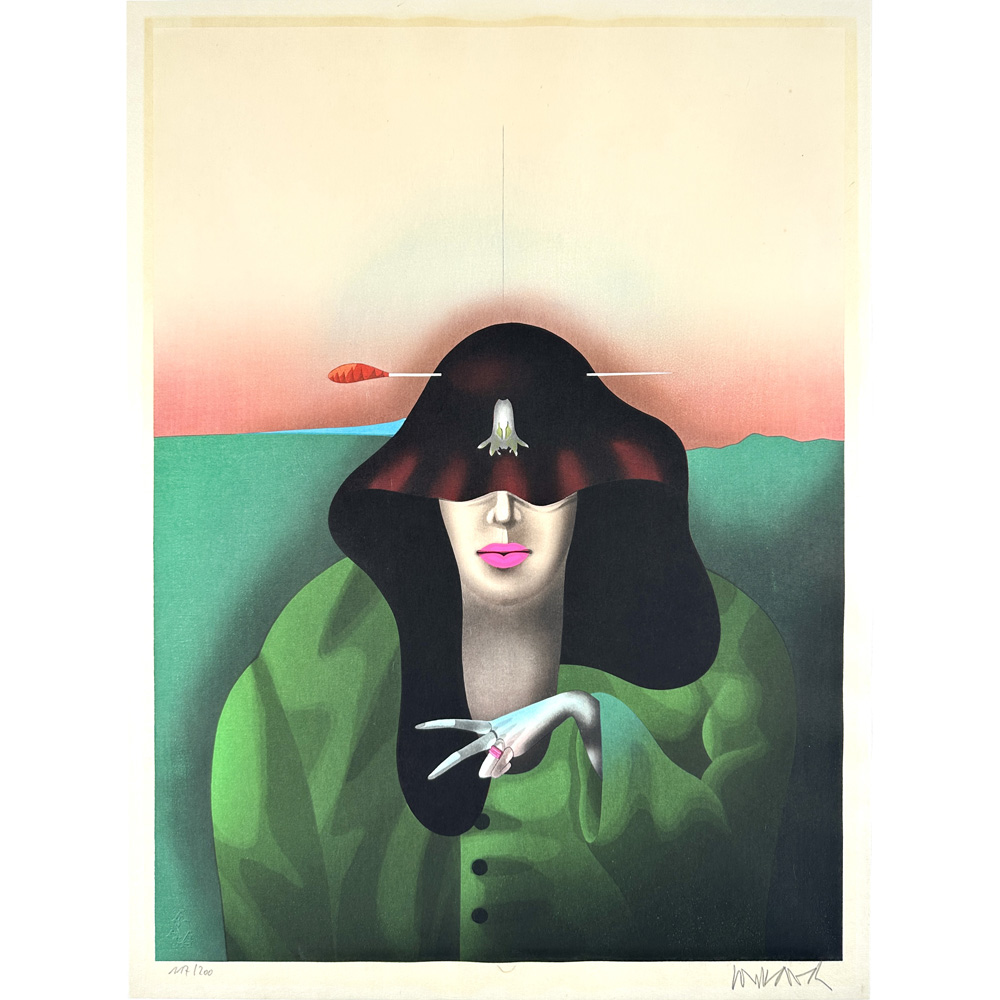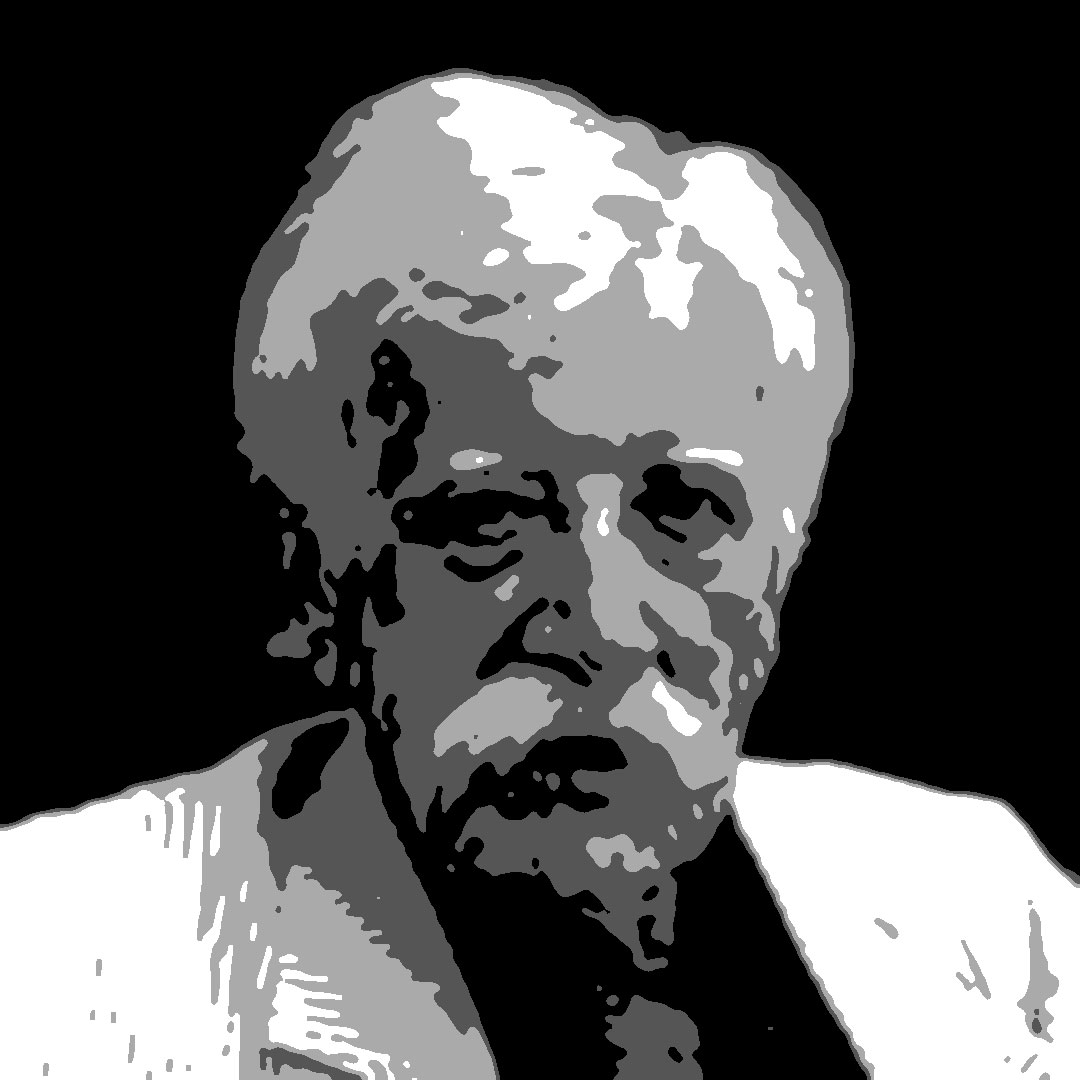
Paul Wunderlich was born on March 10, 1927 in Eberswalde.
After a period as an anti-aircraft gunner and prisoner of war, he moved to his mother in Eutin, where he completed his high school diploma at the Johann-Heinrich-Voß-Gymnasium and then attended the castle art school in the orangery of Eutin Castle. In 1947 he became a student at the art school in Hamburg, where he enrolled in the free graphics class under Willi Tietze. His classmates included Horst Janssen and Reinhard Drenkhahn. After a break, he resumed his studies in 1950, which he completed in 1951 under Willem Grimm. He then worked as a lecturer at the Hamburg Academy of Fine Arts for the techniques of lithography and etching. Also in 1951 he printed the graphic suite “Ann Eliza Reed” with eleven lithographs for Emil Nolde (“The King and His Men”, etching) and in 1952 for Oskar Kokoschka.
After an early, essentially realistic creative phase, he developed his characteristic style from around 1959. His early works show dismembered, disproportionate bodies against an empty background.
In 1960, the Hamburg public prosecutor's office confiscated the lithograph cycle "qui s'explique" for indecent depictions. It was returned in 1985 without comment by the public prosecutor. In 1961, Wunderlich received the Youth Art Prize for Graphic Arts, and used the prize money to move his sphere of activity to Paris. In 1962, he worked in the Desjobert workshop in Paris, and for the first time he was able to live from the sale of his lithographs. In 1963, he returned to Hamburg and became (until 1968) - succeeding Georg Gresko - professor at the Hamburg Academy of Fine Arts and in 1969, under the influence of Salvador Dalí, began creating sculptures and statues made of bronze.
Paul Wunderlich was married to the photographer Karin Székessy since 1971. He lived and worked in Hamburg and Saint-Pierre-de-Vassols (Provence), where he died on June 6, 2010 after a short, serious illness.















































